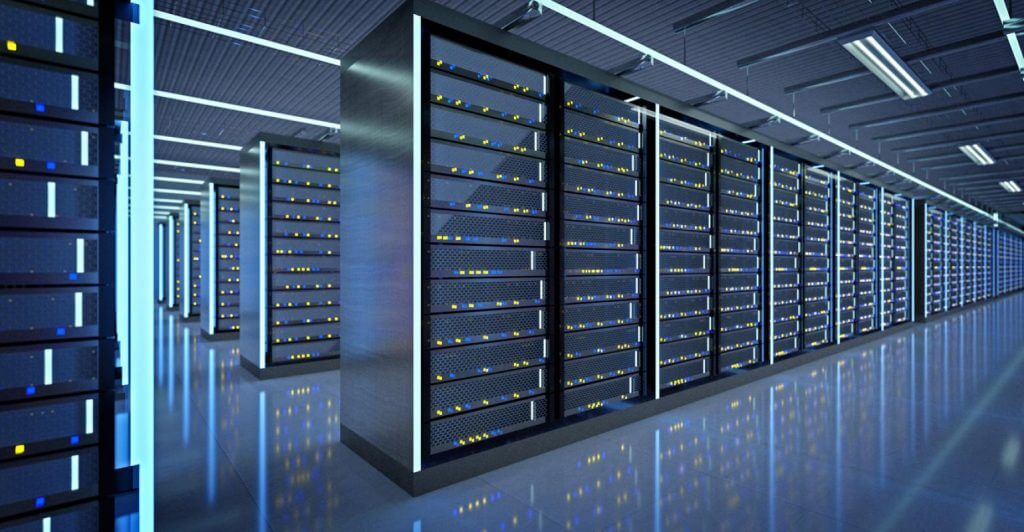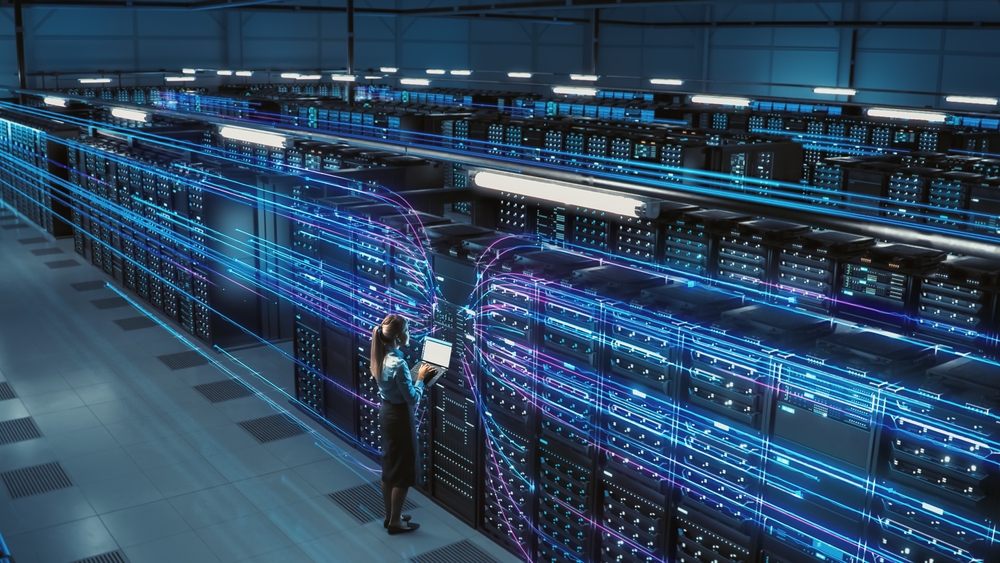Data centers are the backbone of any successful business. They store, process, and manage critical data – from customer information to financial transactions. Keeping all this data safe is essential to ensuring your business runs smoothly and profitably. That’s why it’s essential to ensure that your data center is kept at an optimal working temperature. And that means understanding how data center cooling works.
In this article, we’ll explore the different methods used for cooling a data center, and explain why they are so important. Let’s start!
What Is Data Center Cooling?
Data center cooling refers to the methods used to maintain optimal temperatures within a server room or computer room environment. By keeping temperatures within an acceptable range, data centers are able to operate reliably and efficiently.
Why Is This So Important?
Data center cooling is necessary in order to prevent unnecessary damage from occurring to your hardware and software. High temperatures can cause computers and servers to overheat, which can lead to system crashes or data loss. In addition, high temperatures can cause components such as processors and memory chips to degrade over time. On the other hand, cold temperatures may lead to condensation forming on sensitive electronic components, creating additional problems.
What Are The Different Forms Of Data Center Cooling?
There are a number of different methods used for cooling a data center environment. These can include air conditioning, evaporative cooling systems, chilled water systems, and liquid coolant systems. Each of these methods has its own advantages and disadvantages.
Air Conditioning
Air conditioning is the most common form of cooling. It works by using a refrigeration system to draw heat out of the server room. An outdoor condensing unit usually does this. The unit pumps cold air into the data center via ducts or vents.
Chilled Water Systems
Chilled water systems use a closed loop of refrigerant to move cold water through pipes in the data center. This chilled water cools down sensitive hardware components within the server room or computer room environment.
Liquid Coolant Systems
Liquid coolant systems are designed to reduce temperatures by using a liquid-filled container which absorbs heat from surrounding hardware components. The liquid pumps through a cooling unit outside of the server room or computer room environment where it dissipates its stored heat before recirculating back into the system.
Coloco offers businesses in Baltimore and Washington DC a comprehensive colocation solution tailored to their specific needs. Our cutting-edge cloud infrastructure options enable you to maximize performance, efficiency, scalability, and security for your IT environment. With 24/7 monitoring and support, Coloco provides the reliable service businesses need to ensure maximum uptime and availability.



